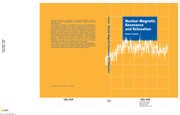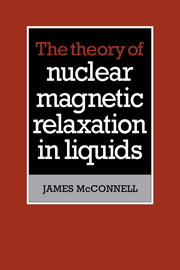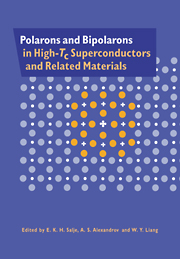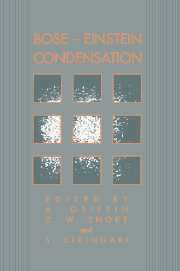Nuclear Magnetic Resonance and Relaxation
This book provides an introduction to the general principles of nuclear magnetic resonance and relaxation, concentrating on simple models and their application. The concepts of relaxation and the time domain are particularly emphasised. Some relatively advanced topics are treated, but the approach is graduated and all points of potential difficulty are carefully explained. An introductory classical discussion of relaxation is followed by a quantum-mechanical treatment. Only when the the principles of relaxation are firmly established is the density operator approach introduced; and then its power becomes apparent. A selection of case studies is considered in depth, providing applications of the ideas developed in the text. There are a number of appendices, including one on random functions. This treatment of one of the most important experimental techniques in modern science will be of great value to final-year undergraduates, graduate students and researchers using nuclear magnetic resonance, particularly physicists, and especially those involved in the study of condensed matter physics.
- NMR is one of the most widely used techniques in physics and chemistry
Reviews & endorsements
'This book is clearly intended for, and readable by, physicists … a good read … for its target audience, final year and graduate physicists, for whom it is recommended.' Andrew Todd-Pokropek, The Times Higher Education Supplement
Product details
April 1997Hardback
9780521303934
460 pages
254 × 182 × 30 mm
0.95kg
101 b/w illus.
Available
Table of Contents
- 1. Introduction
- 2. Theoretical background
- 3. Detection methods
- 4. Classical view of relaxation
- 5. Quantum treatment of relaxation
- 6. Dipolar lineshapes in solids
- 7. Relaxation in liquids
- 8. Some case studies
- 9. The density operator and applications
- NMR imaging
- Appendix A. Fourier transformation
- Appendix B. Random functions
- Appendix C. Interaction picture
- Appendix D. Magnetic fields and canonical momentum
- Appendix E. Alternative classical treatment of relaxation
- Appendix F. Gm(t) for rotationally invariant systems
- Appendix G. P(omega, omega zero, t) for rotational diffusion.






